Given .distance from departure to destination 2380 nm.gs out 420 kt.gs home 520 ? [ Free topography ]
Question 95-1 : 188 minutes 123 minutes 152 minutes 19 minutes
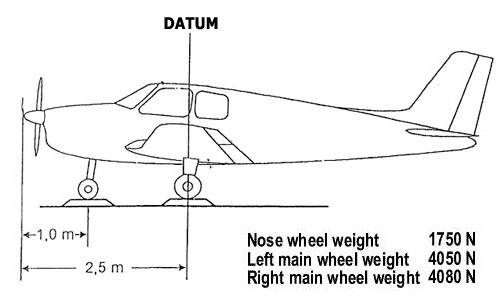 188 minutes.
188 minutes. Given .distance from departure to destination 338 nm .true track 045°.wind ?
Question 95-2 : Distance 120 nm time 46 min distance 218 nm time 85 min distance 169 nm time 85 min distance 185 nm time 72 min
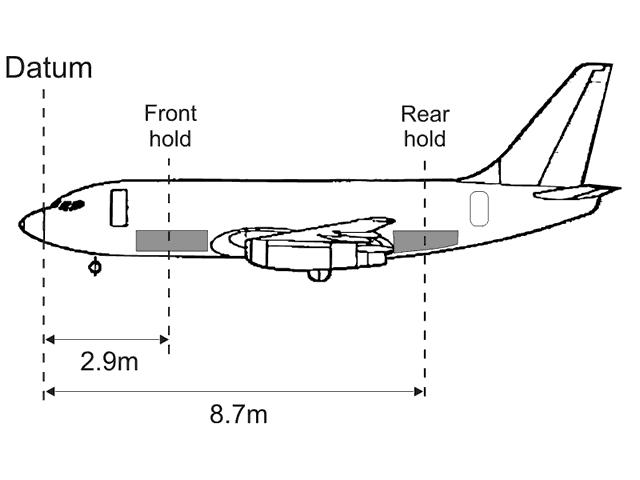 Distance: 120 nm time: 46 min
Distance: 120 nm time: 46 min Given .distance from departure to destination 1500 nm .safe endurance 4 5 h ?
Question 95-3 : 124 min 101 min 66 min 63 min
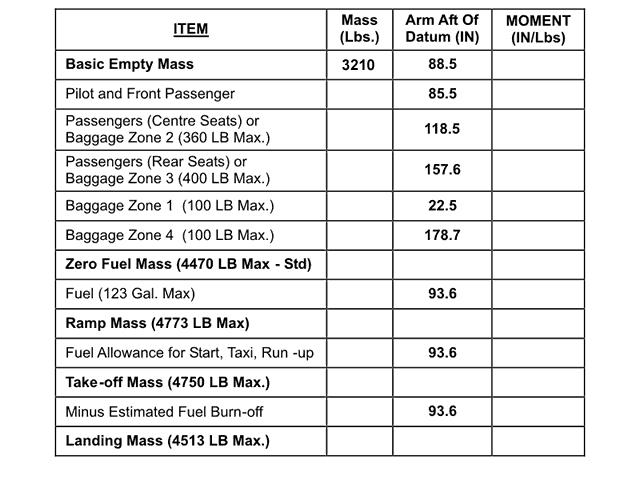 124 min.
124 min. Over london 51°n 000°e/w the lowest fl listed which is unaffected by cat is ?
Question 95-4 : Fl230 fl270 fl310 fl360
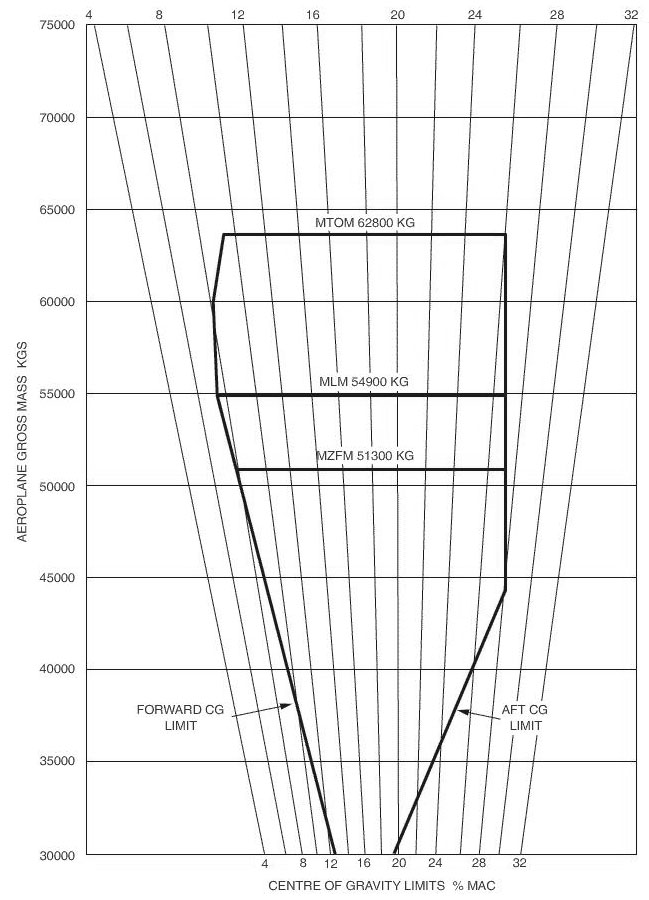 Fl230.
Fl230. What lowest cloud conditions oktas/ft are forecast for 1900 utc at hamburg eddh ?
Question 95-5 : 5 to 7 at 500 ft 3 to 4 at 500 ft 5 to 7 at 1200 ft 5 to 7 at 2000 ft
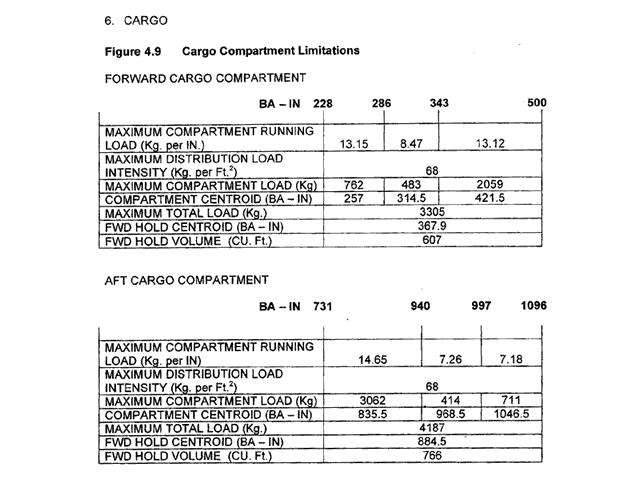 5 to 7 at 500 ft.
5 to 7 at 500 ft. Given .distance from departure to destination 5000 nm .safe endurance 10 h .tas ?
Question 95-6 : 2222 nm 2500 nm 1111 nm 2778 nm
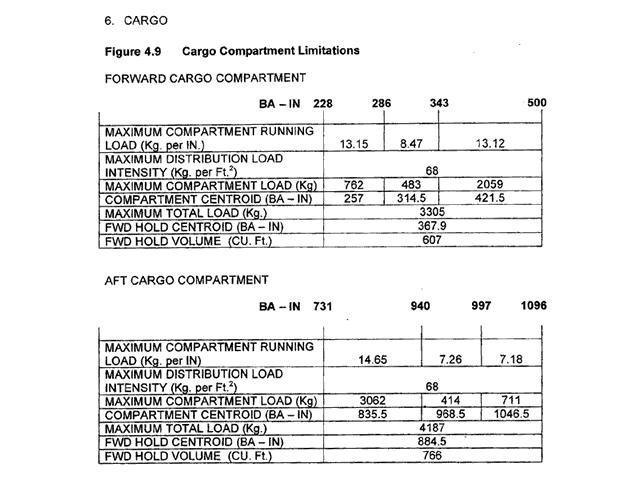 2222 nm.
2222 nm. What is the earliest time utc if any that thunderstorms are forecast for doha ?
Question 95-7 : 1000 nil forecast 0800 0600
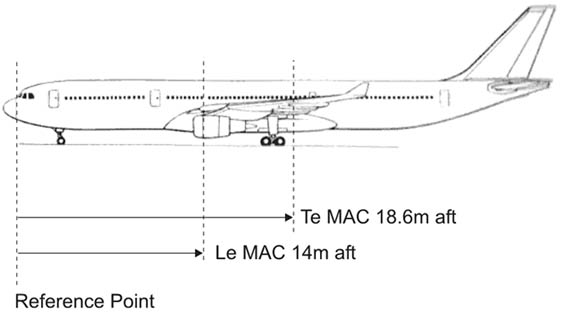 1000
1000 Given .maximum landing mass 51300 kg.maximum allowable take off mass 56300 ?
Question 95-8 : 7735 kg 5756 kg 7535 kg 9735 kg
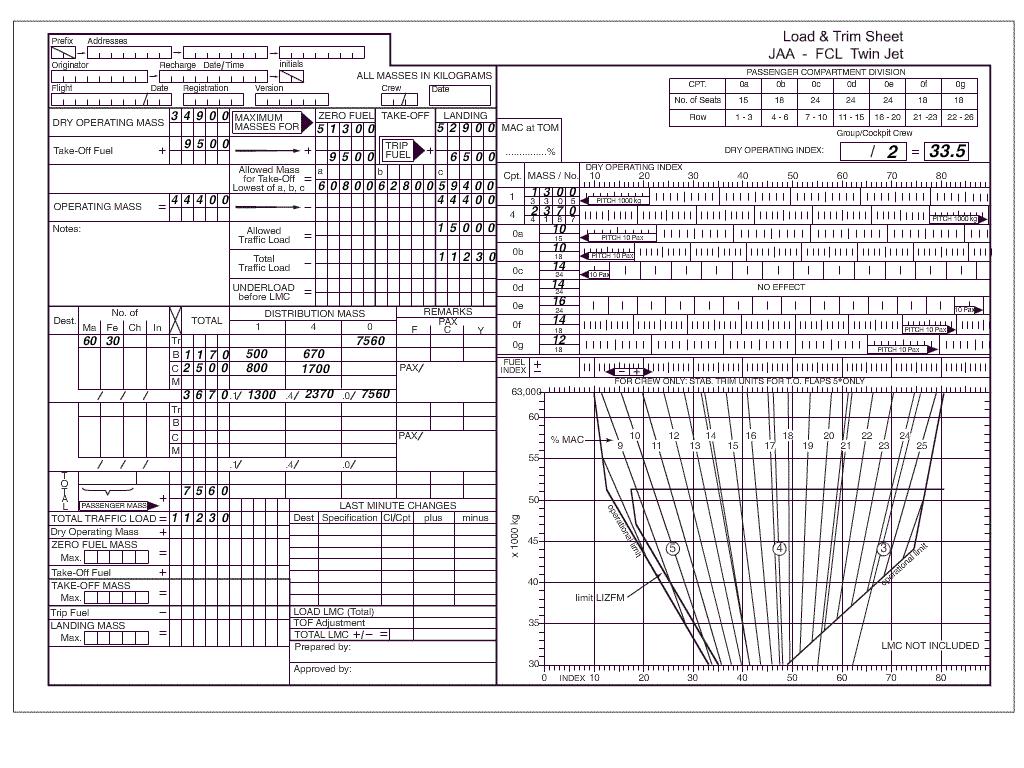 7735 kg.
7735 kg. Which best describes the weather if any forecast for johannesburg/jan smuts at ?
Question 95-9 : Patches of fog rain associated with thunderstorms cavok mist and/or fog
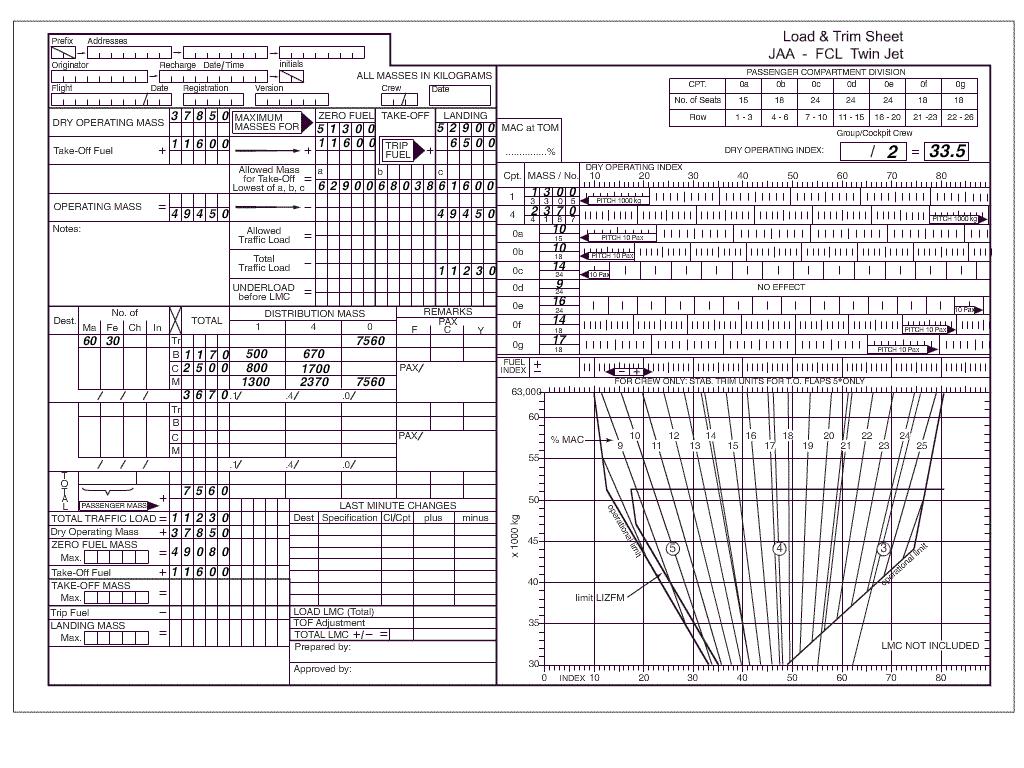 Patches of fog.
Patches of fog. What minimum visibility is forecast taf for damascus osdi . 1517 ?
Question 95-10 : 200 m 3000 m 700 m 10000 m
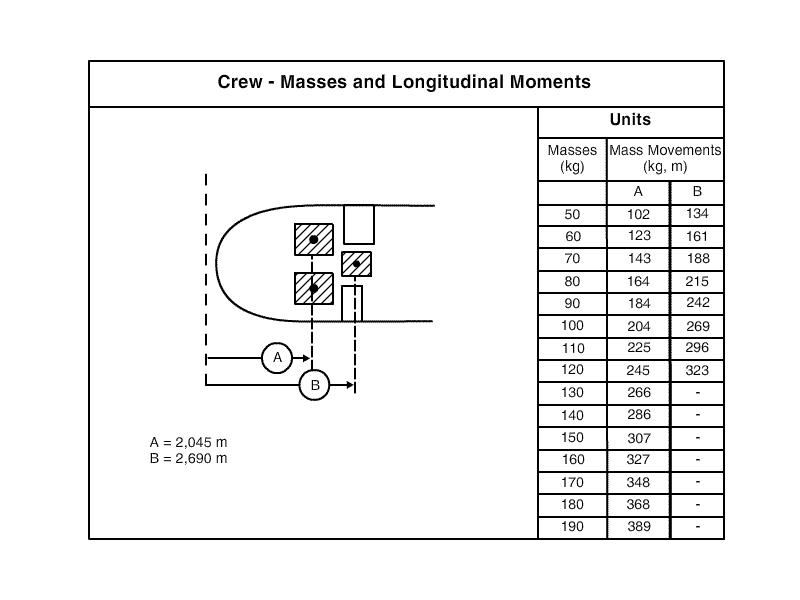 200 m.
200 m. Metar egly 301220 24015kt 200v280 8000 ra sct010 bkn025 ovc080 18/15 q0983 ?
Question 95-11 : Mean surface wind 240° true 15 kt varying between 200° and 280° mean surface wind 240° magnetic 15 kt varying between 200° and 280° mean surface visibility varying between 200 m and 280 m temporarily light rain to be expected
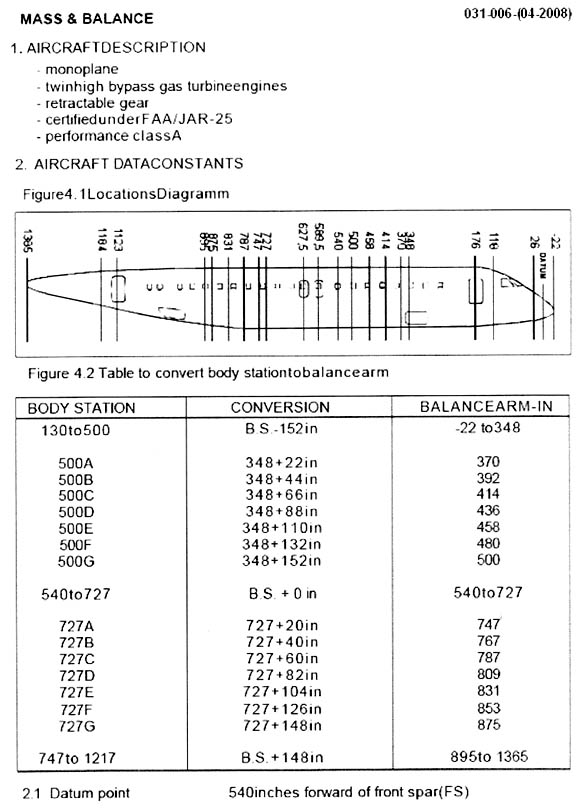 Mean surface wind 240° (true) 15 kt varying between 200° and 280°.
Mean surface wind 240° (true) 15 kt varying between 200° and 280°. For a long distance flight at fl370 long range regime divided into four flight ?
Question 95-12 : 4800 nm 4820 nm 4580 nm 4940 nm
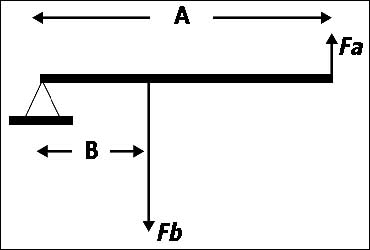 4800 nm
4800 nm Which best describes the maximum intensity of turbulence at fl 290 above london ?
Question 95-13 : Moderate light nil severe
What minimum visibility is forecast for paris/charles de gaulle at 2100 utc . ?
Question 95-14 : 6000 m 10 km 2000 m 8000 m
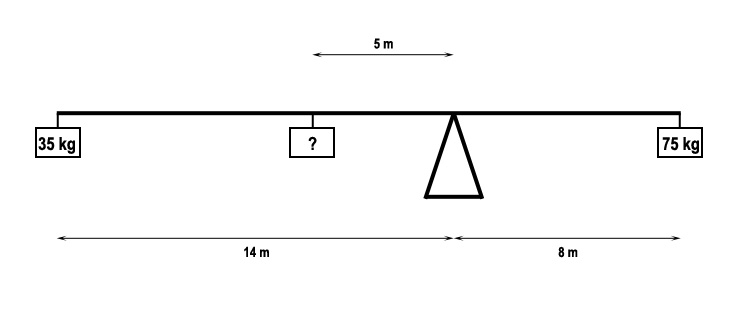 6000 m.
6000 m. A 'current flight plan' is a ?
Question 95-15 : Filed flight plan with amendments and clearance included filed flight plan flight plan with the correct time of departure flight plan in the course of which radio communication should be practised between aeroplane and atc
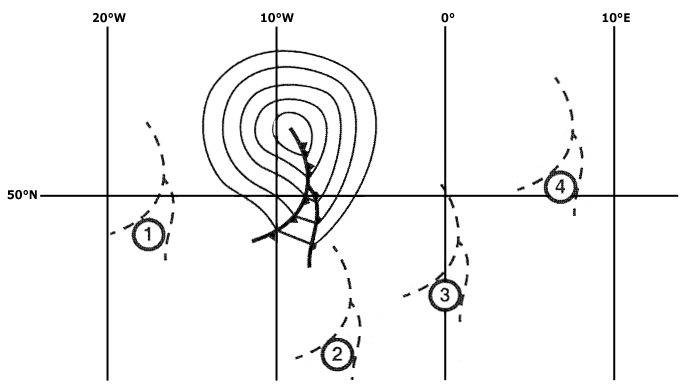 Filed flight plan with amendments and clearance included.
Filed flight plan with amendments and clearance included. The maximum permissible take off mass of an aircraft for the l wake turbulence ?
Question 95-16 : 7 000 kg 2 700 kg 5 700 kg 10 000 kg
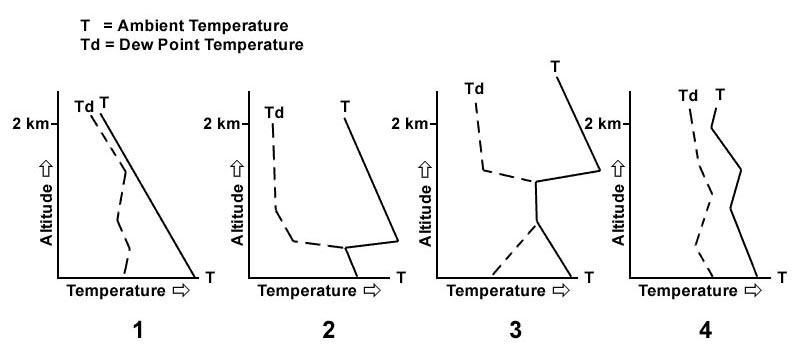 7 000 kg.
7 000 kg. How many hours in advance of eobt estimated off block time should a atc flight ?
Question 95-17 : 3 00 h 1 00 h 0 30 h 2 h
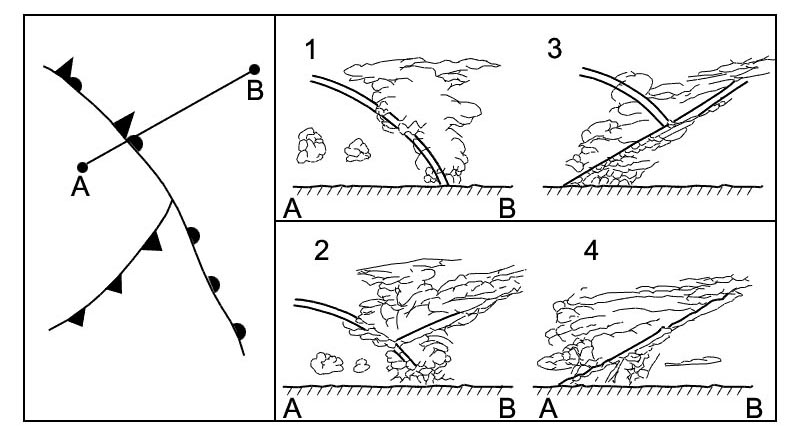 3:00 h.
3:00 h. Which of the following statements is are correct with regard to the advantages ?
Question 95-18 : Statement 1 only statement 2 only both statements neither statement
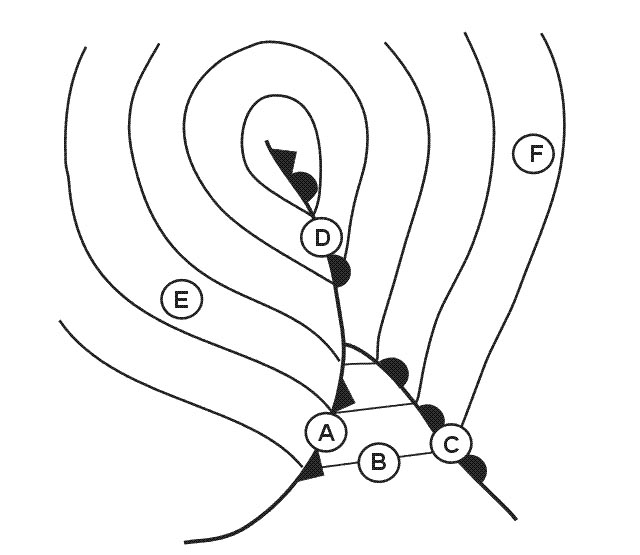 Statement 1 only.
Statement 1 only. In the ats flight plan item 10 'standard equipment' is considered to be . err a ?
Question 95-19 : Vhf rtf adf vor and ils vhf rtf adf vor and transponder vhf rtf vor ils and transponder vhf rtf vor ins and transponder
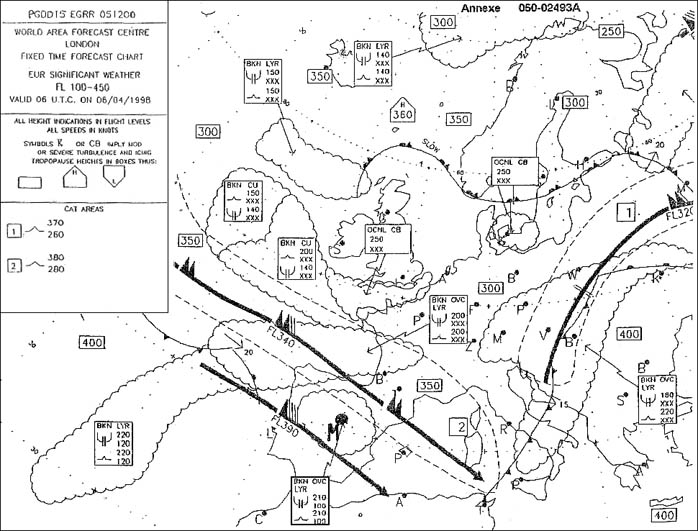 Vhf rtf, adf, vor and ils.
Vhf rtf, adf, vor and ils. In an atc flight plan item 15 in order to define a position as a bearing and ?
Question 95-20 : Vor ident magnetic bearing and distance in nautical miles vor ident true bearing and distance in kilometres vor ident magnetic bearing and distance in kilometres full name of vor true bearing and distance in kilometres
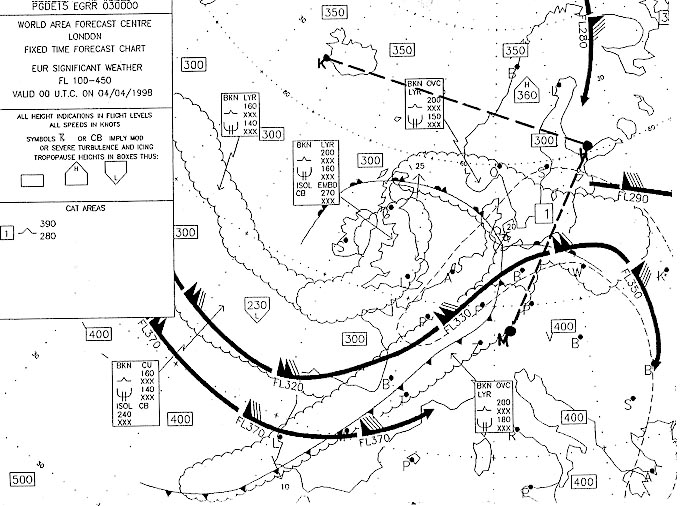 Vor ident, magnetic bearing and distance in nautical miles.
Vor ident, magnetic bearing and distance in nautical miles. When an atc flight plan has been submitted for a controlled flight the flight ?
Question 95-21 : 30 minutes or more 45 minutes or more 60 minutes or more 90 minutes or more
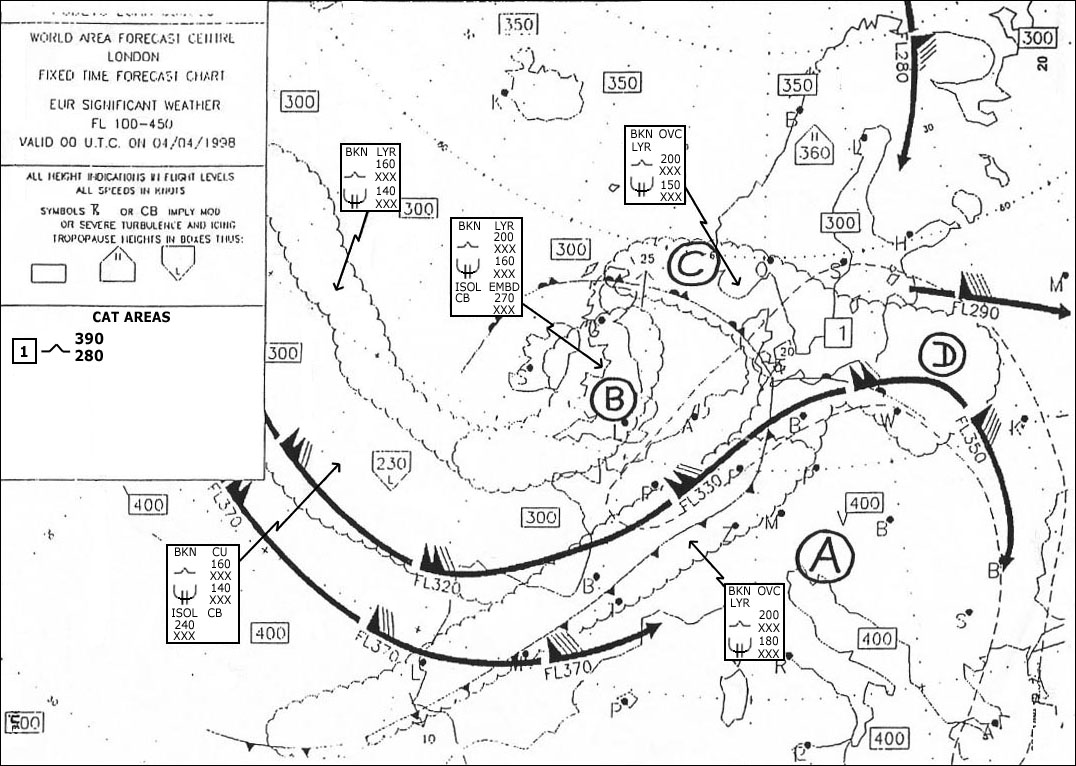 30 minutes or more
30 minutes or more When completing an atc flight plan an elapsed time item 16 of 1 hour 55 minutes ?
Question 95-22 : As 0155 as 1h55 as 115m as 0115
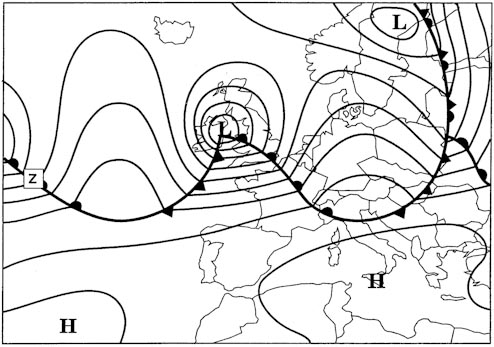 As 0155
As 0155 When a pilot fills in an atc flight plan he must indicate the wake turbulence ?
Question 95-23 : Maximum certified take off mass estimated take off mass maximum certified landing mass actual take off mass
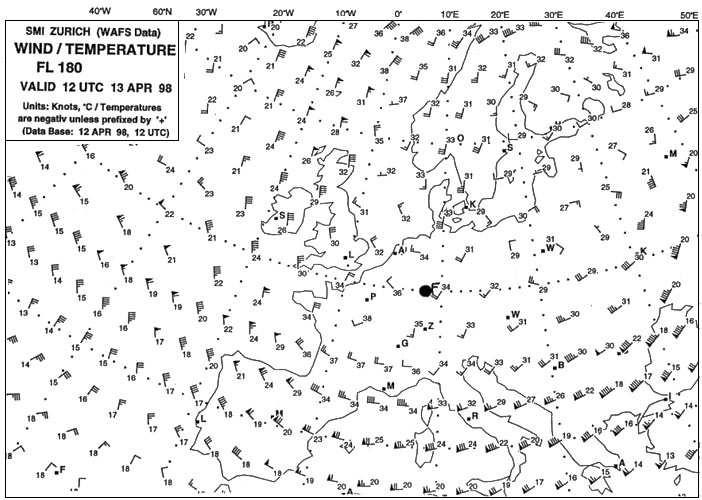 Maximum certified take-off mass
Maximum certified take-off mass Which of the following statements is are correct with regard to the operation ?
Question 95-24 : Statement 1 only statement 2 only both statements neither statement
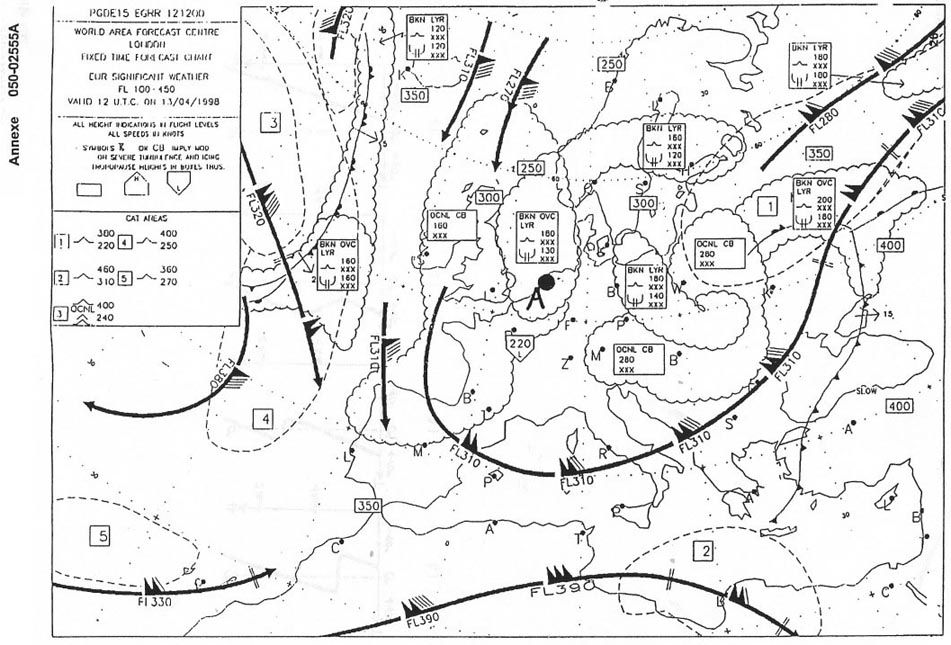 Statement 1 only.
Statement 1 only. From the options given below select those flights which require flight plan ?
Question 95-25 : 2 and 4 3 4 and 5 1 and 5 1 2 and 3
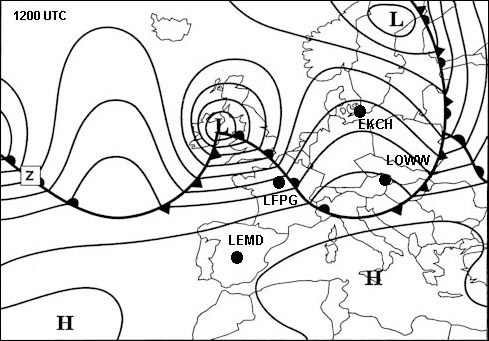 2 and 4.
2 and 4. In the ats flight plan for a non scheduled flight which of the following ?
Question 95-26 : N n/s g x
 N
N In the atc flight plan item 15 a cruising speed of 470 knots will be entered as ?
Question 95-27 : N0470 kn470 0470k n470
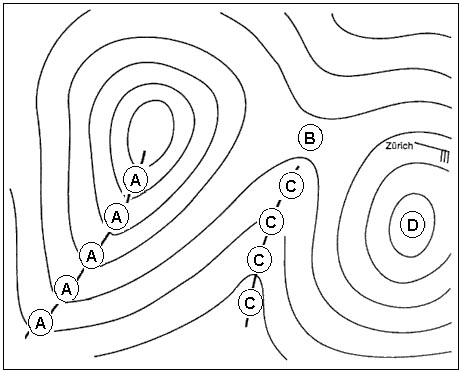 N0470
N0470 In the event that selcal is prescribed by an appropriate authority in which ?
Question 95-28 : Other information equipment route aircraft identification
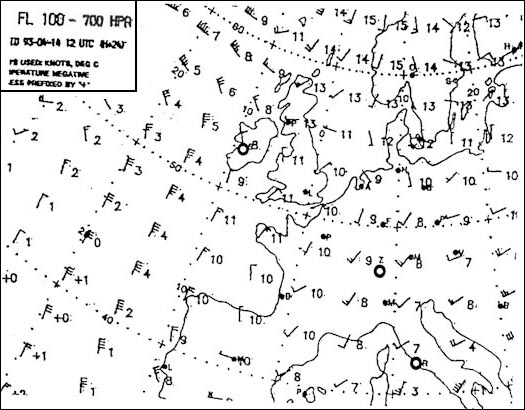 Other information
Other information When an atc flight plan is submitted for a flight outside designated ats routes ?
Question 95-29 : 30 minutes flying time or 370 km 20 minutes flying time or 150 km 15 minutes flying time or 100 km 1 hour flying time or 500 km
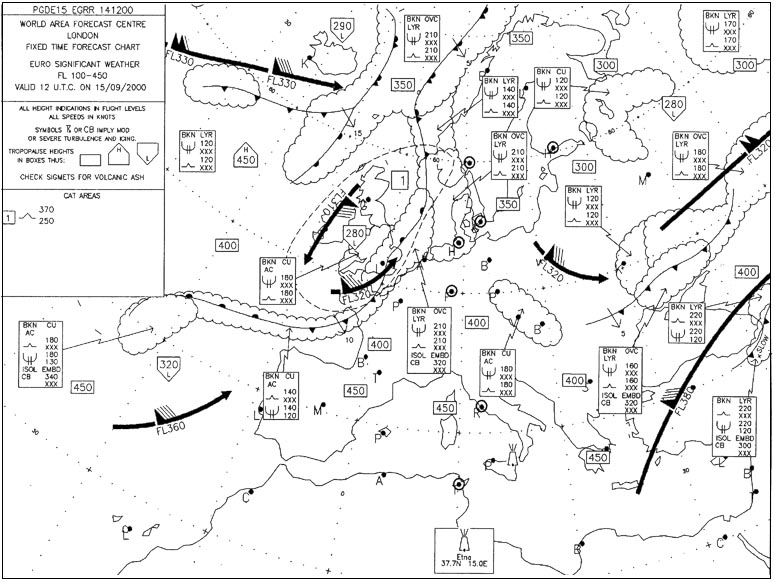 30 minutes flying time or 370 km.
30 minutes flying time or 370 km. On an atc flight plan an aircraft indicated as 'h' for 'heavy' ?
Question 95-30 : Is of the highest wake turbulence category has a certified landing mass greater than or equal to 136 000 kg has a certified take off mass greater than or equal to 140 000 kg requires a runway length of at least 2 000m at maximum certified take off mass
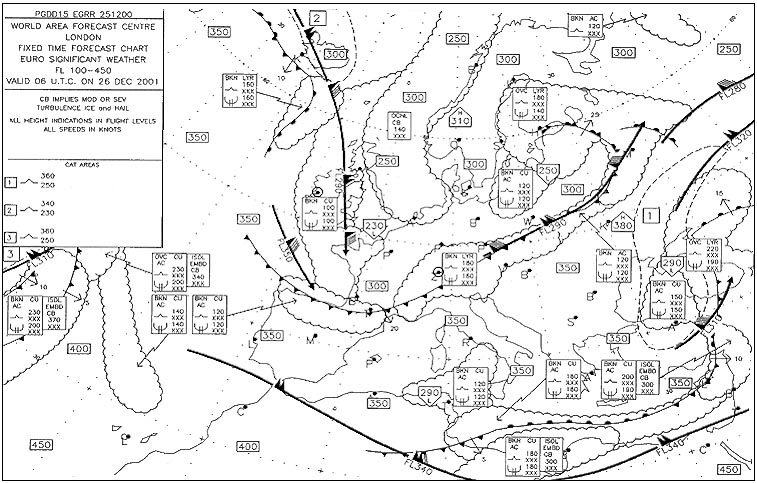 Is of the highest wake turbulence category.
Is of the highest wake turbulence category. If a pilot lands at an aerodrome other than the destination aerodrome specified ?
Question 95-31 : 30 min 45 min 10 min 15 min
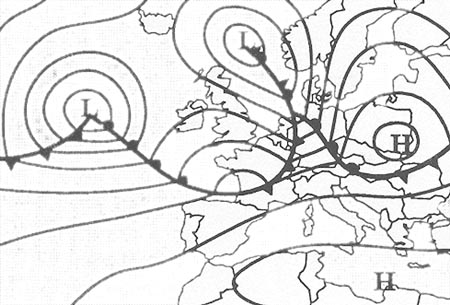 30 min
30 min Which best describes the significant cloud forecast for the area east of tunis ?
Question 95-32 : 5 to 7 oktas cu and ac base below fl100 tops fl180 3 to 4 oktas cu and ac base below fl100 tops fl180 5 to 7 oktas cu and ac base fl100 tops fl180 3 to 4 oktas cu and ac base fl100 tops fl160
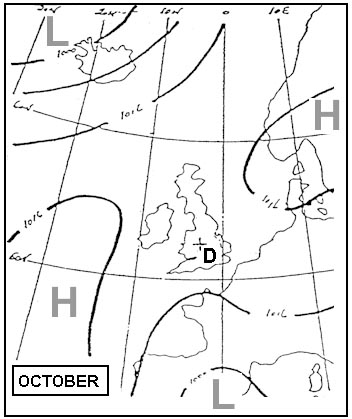 5 to 7 oktas cu and ac base below fl100 tops fl180.
5 to 7 oktas cu and ac base below fl100 tops fl180. Prior to an ifr flight when filling in the icao flight plan the time ?
Question 95-33 : Take off until reaching the iaf initial approach fix of the destination aerodrome taxi out prior to take off until taxiing completion after landing take off until landing taxiing until the iaf initial approach fix of the destination aerodrome
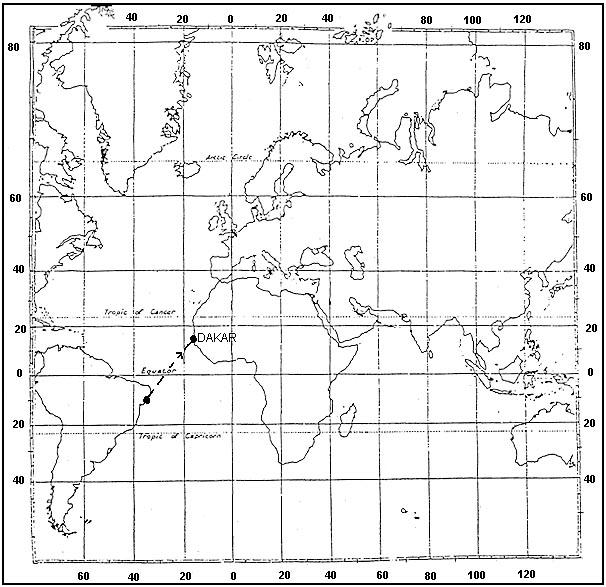 Take-off until reaching the iaf (initial approach fix) of the destination aerodrome.
Take-off until reaching the iaf (initial approach fix) of the destination aerodrome. On a vfr atc flight plan the total estimated time is ?
Question 95-34 : The estimated time required from take off to arrive over the destination airport the estimated time from take off to overhead the destination airport plus 15 minutes the estimated time from take off to landing at the alternate airport the estimated time from engine start to landing at the destination airport
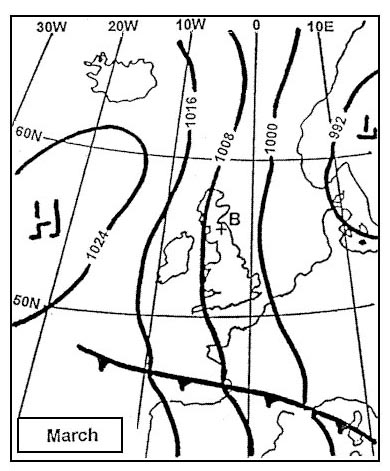 The estimated time required from take-off to arrive over the destination airport
The estimated time required from take-off to arrive over the destination airport For a repetitive atc flight plan rpl to be used flights must take place on a ?
Question 95-35 : 10 occasions 20 occasions 30 occasions 50 occasions
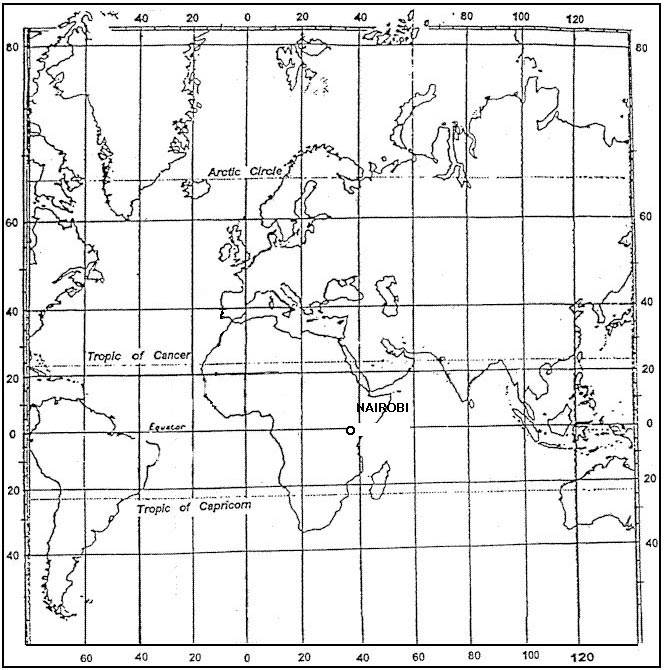 10 occasions
10 occasions In an atc flight plan item 15 route in terms of latitude and longitude a ?
Question 95-36 : 4135n00415e 41°35' n 04° 15'e n04135e0415 n4135 e00415
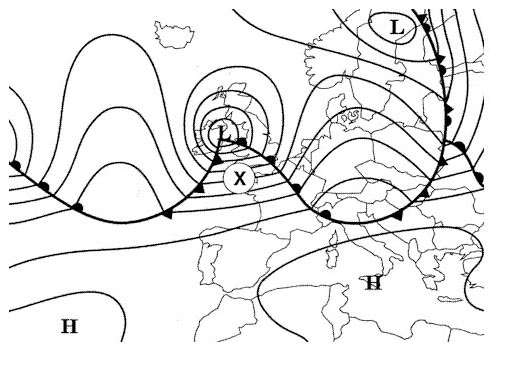 4135n00415e.
4135n00415e. The wind direction and velocity °/kt at 60°n 015°w is . 1525 ?
Question 95-37 : 290°/155 kt 320°/155 kt 110°/155 kt 290°/185 kt
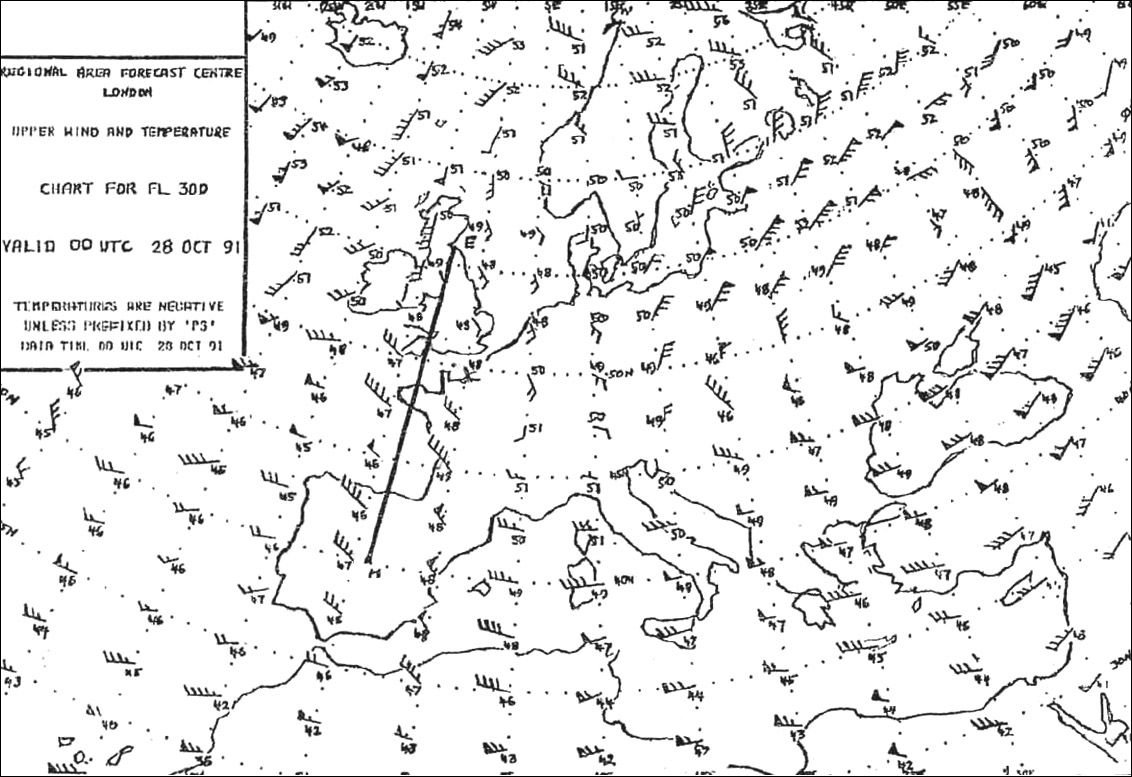 290°/155 kt.
290°/155 kt. If your destination airport has no 'icao' indicator in the appropriate box of ?
Question 95-38 : Zzzz aaaa xxxx ////
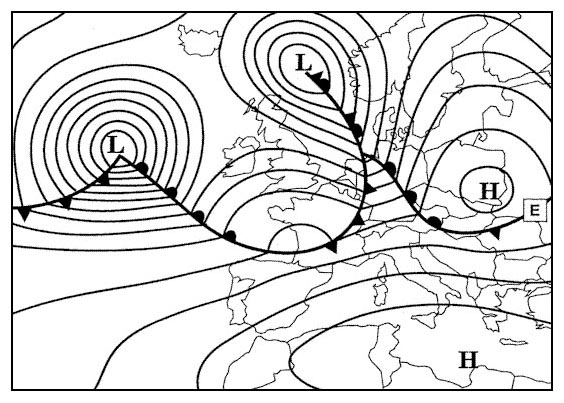 Zzzz
Zzzz When completing an atc flight plan for a european destination clock times are ?
Question 95-39 : Utc local mean time local standard time central european time
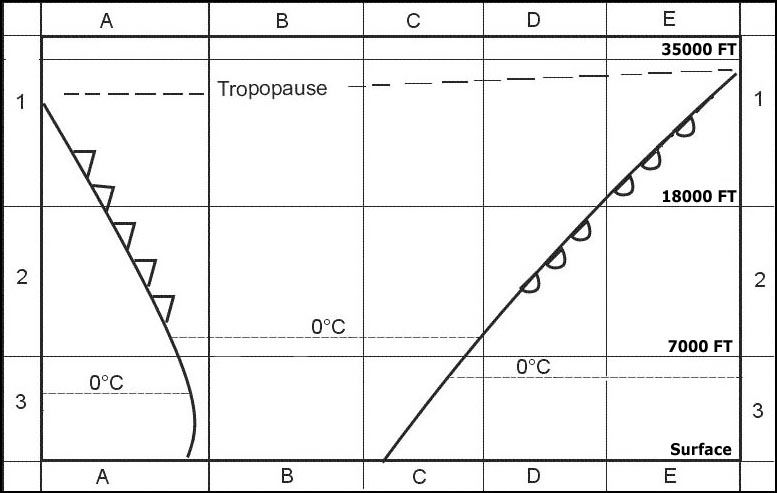 Utc
Utc In the atc flight plan item 10 equipment the letter to indicate the carriage ?
Question 95-40 : C b a p
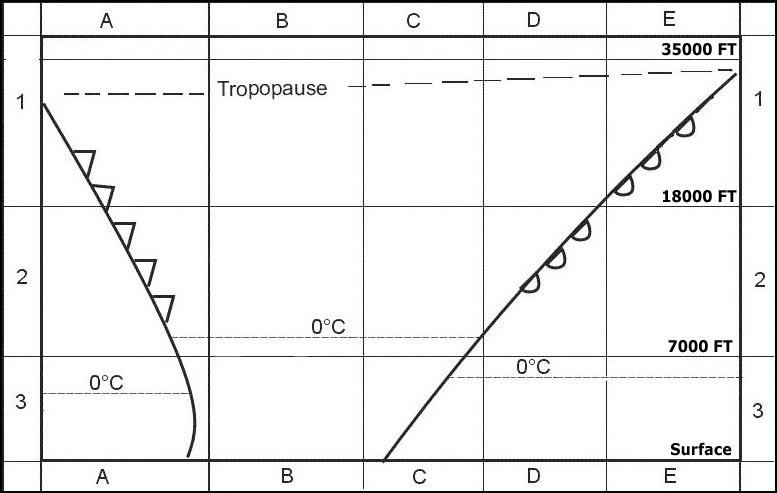 C
C ~
Exclusive rights reserved. Reproduction prohibited under penalty of prosecution.
3759 Free Training Exam
